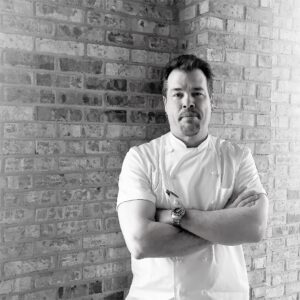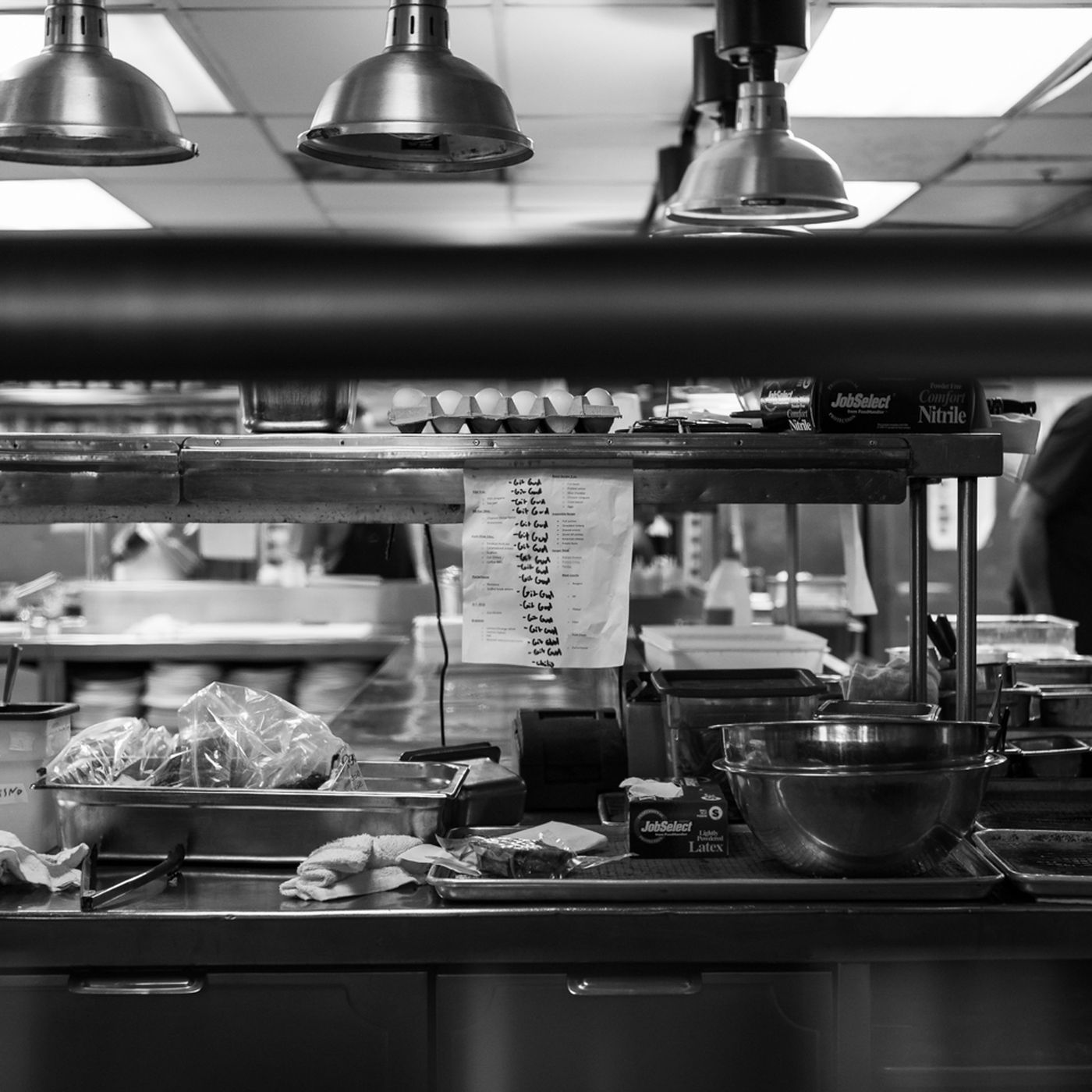In the culinary world, the menu is more than a list of dishes; it’s the storyteller of a restaurant’s identity, the first impression made on a guest, and a vital component of the dining experience. As chefs and restaurateurs, we face the challenge of crafting menus that are both creatively compelling and operationally practical. It’s a delicate balance, where art meets efficiency.
Understanding the Menu’s Role
A menu serves multiple purposes. It’s a tool for marketing, a reflection of your culinary philosophy, and a critical element in restaurant economics. The key lies in creating a menu that tells a compelling story, aligns with your brand, and is feasible to execute consistently at a high standard.
Creativity Meets Practicality
1. Start with a Concept
Every great menu has a clear concept. In my days as a Corporate Executive Chef, I learned the importance of aligning the menu with the restaurant’s theme and target audience. Whether it’s farm-to-table, fusion, or haute cuisine, your concept should guide your creativity.
2. Seasonal Adaptations
Embracing seasonality is not just a trend but a practical approach to menu design. Seasonal ingredients are fresher, more flavorful, and often more cost-effective. At one of my ventures, we rotated key items based on seasonal availability, which not only excited regulars but also optimized our inventory.
3. Simplicity is Key
A common misconception is that more options equate to a better menu. However, a smaller, well-curated menu often leads to better quality control and faster service. Think of it as less being more – more focus on quality, more efficiency in preparation, and more impact in presentation.
4. Cross-utilization of Ingredients
One practical strategy I’ve employed is using the same ingredient in multiple dishes. This approach reduces waste and inventory costs while allowing creative twists. For example, a versatile ingredient like mushrooms can be used in a risotto, a savory tart, and a hearty soup.
5. Menu Engineering
Understanding the profitability and popularity of each dish is crucial. This practice, known as menu engineering, involves analyzing dish costs and sales data to identify stars, workhorses, puzzles, and dogs. This data-driven approach helps in making informed decisions about what stays, what needs tweaking, and what should be replaced.
Operational Efficiency
1. Streamlined Kitchen Operations
The practicality of a menu is tested in the kitchen’s trenches. Each dish should be executable within a reasonable time frame during peak hours. This involves training the staff, perfecting the mise en place, and ensuring the kitchen layout supports efficient movement.
2. Feedback Loop
Regularly gathering feedback from both customers and staff is vital. Staff insights on preparation challenges and customer responses to certain dishes provide valuable information for tweaking the menu.
3. Consistent Review and Adaptation
A menu should never be static. It needs to evolve based on customer preferences, operational efficiencies, and seasonal changes. This dynamic approach keeps the menu fresh and exciting for both guests and the culinary team.
The Creative Journey
Creating a menu is a journey of constant experimentation and refinement. It’s about balancing the artistic expression of culinary arts with the realities of running a profitable business. Every dish should be a blend of innovation and practicality, each ingredient a mix of creativity and cost-effectiveness, and every menu a story that resonates with your diners while sustaining your business.
Conclusion
Innovating menu design is an ongoing dance between creativity and practicality. It requires a deep understanding of your concept, your customers, and your operational capabilities. The most successful menus are those that not only delight the palate but also contribute to the restaurant’s efficiency and profitability. Remember, the best menus are not just read; they are experienced.




